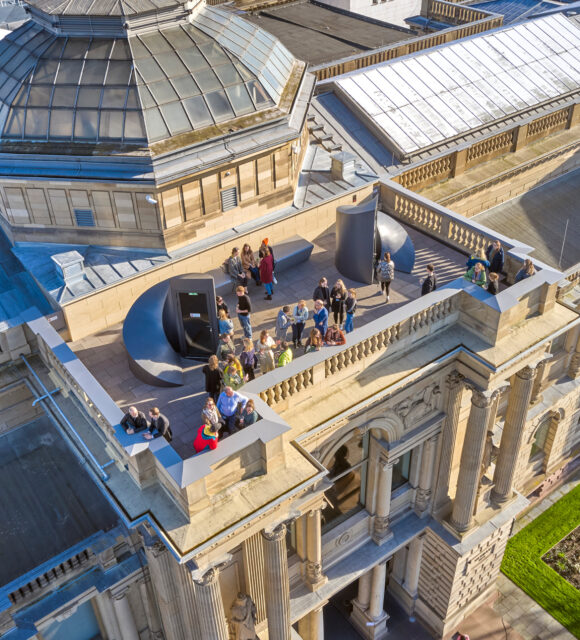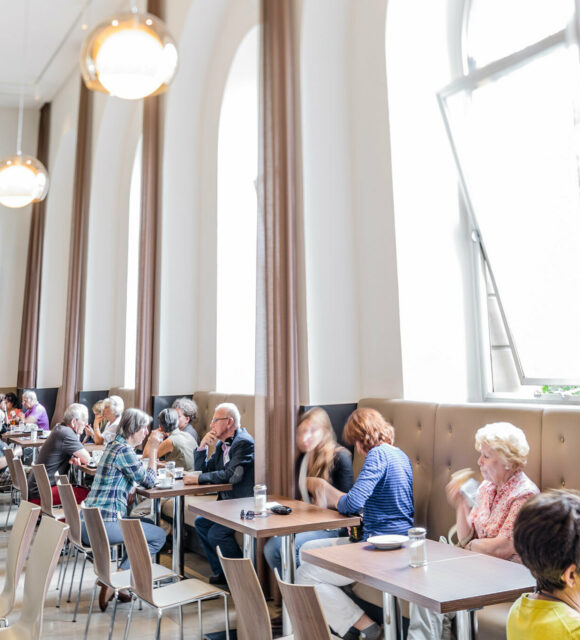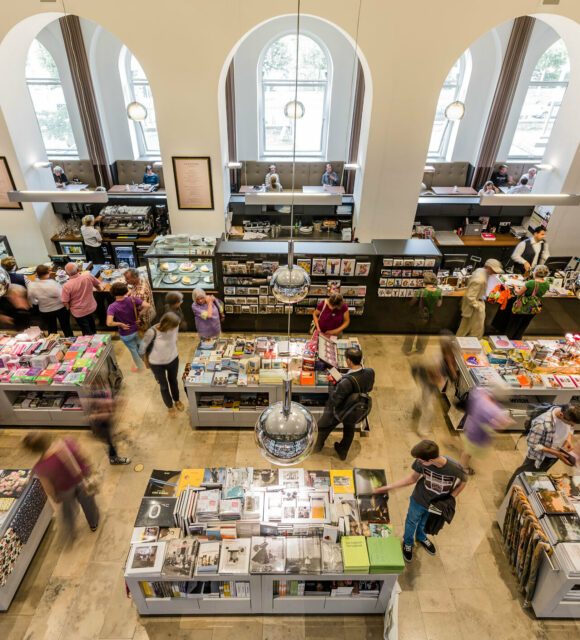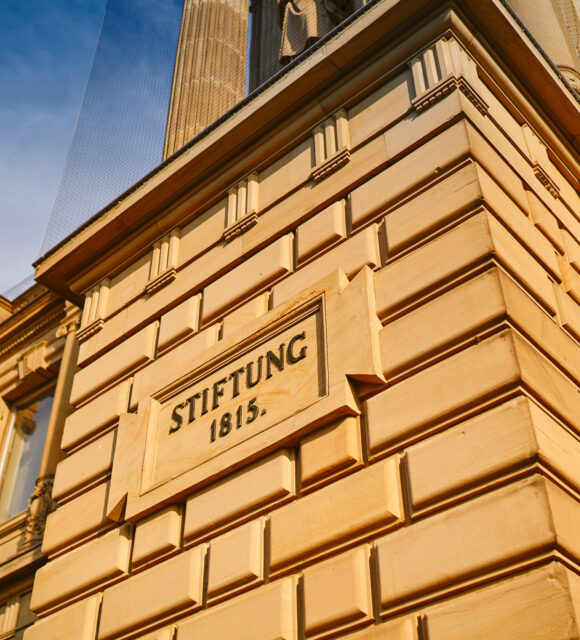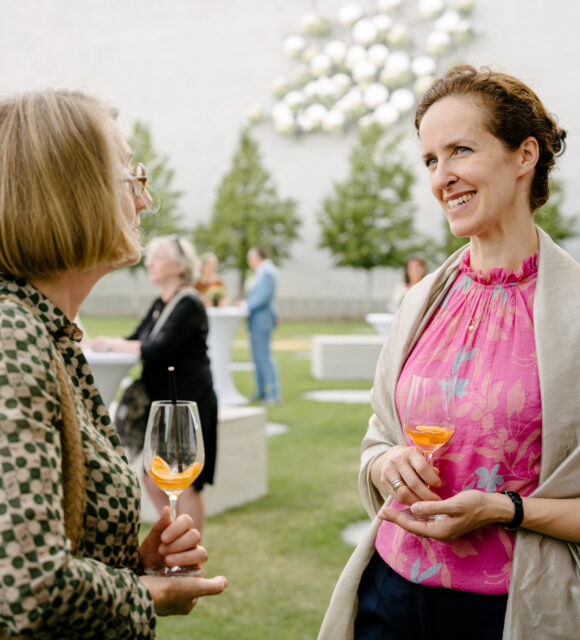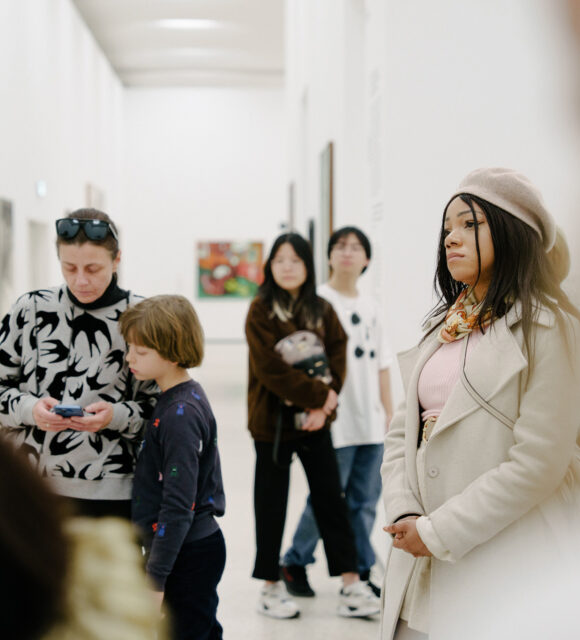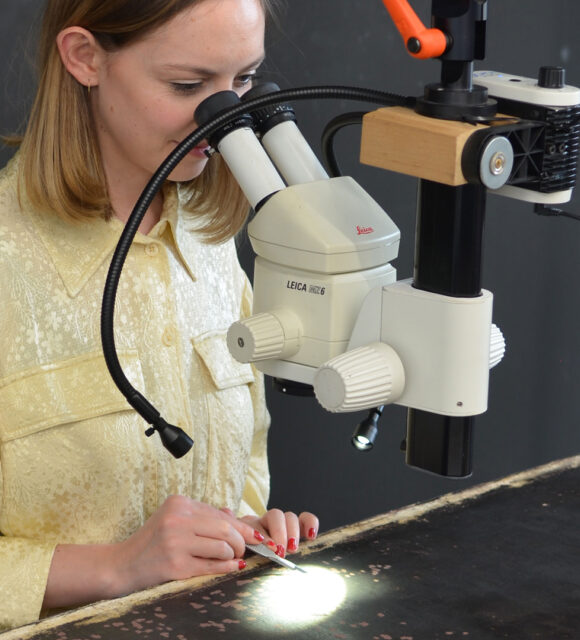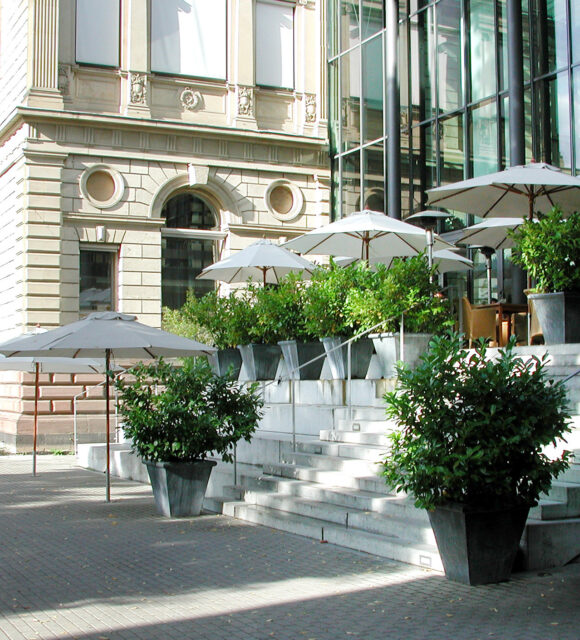
About the Presentation
Before making his mark as a leading exponent of the artistic photography movement, Heinrich Kühn (1866–1944) studied medicine. Around 1900, amateur photographers began to network and form associations across national boundaries to promote the recognition of photography as an art form in its own right.
Through the industrialization of the photography trade, individually produced photographs had become a rarity. Photography studios churned out images adhering to pre-established standards. Dissociating himself from these mass production practices, Kühn devoted himself to “artistic photography”. By this he meant a form of depiction guided by aesthetic considerations. He deliberately employed sharp and soft focus, using the former to bring out the characteristic aspects of his motifs and the latter to blur the unimportant rest. To obtain painterly or drawing-like effects, he made use of special printing processes that permitted the manipulation of the image during its development on the paper. An example of such a technique, and the one Kühn favoured for his experiments, was the gum bichromate process. In professional circles it was known for the particularly broad spectrum of light-dark gradations one could achieve with it, as well as the painterly aesthetic created by the grain. Responding to currents prevalent in painting in his time—Naturalism, Post-Impressionism, and Symbolism—Kühn concentrated on traditional themes, staging interiors, still lifes, landscapes, portraits and the female nude before his camera. The large formats of many of his prints and their elaborate frames were further means of equating photography with the other arts. Kühn contributed significantly to establishing photography as a form of artistic expression.
Curator
Dr Kristina Lemke (Head of Photography, Städel Museum)


